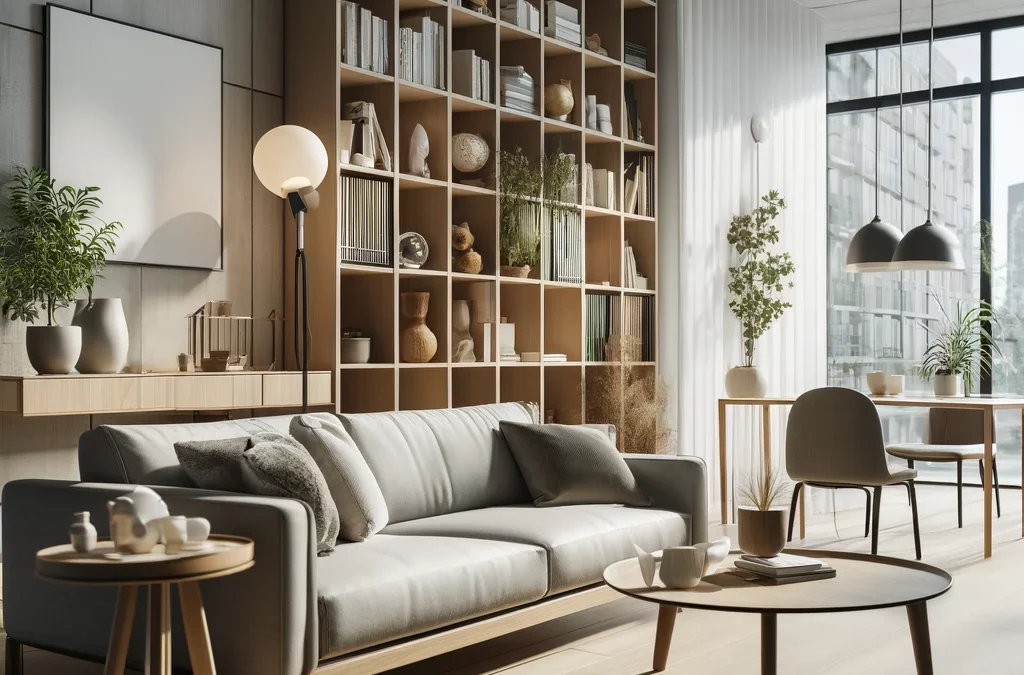Flat-pack furniture, a mainstay in homes around the world today, boasts a rich history that dates back to the early 20th century. Its development is marked by the pursuit of convenience, cost-effectiveness, and ease of shipping. Here’s a look into its origins, evolution, and why it has become so widely adopted.
Origins and Historical Development
The concept of flat-pack furniture, also known as ready-to-assemble (RTA) or knock-down (KD) furniture, originated in the 1950s but has roots that can be traced earlier. It was designed to be packed flat to optimize space during shipping, reducing costs and making it more accessible to a broader audience. The real breakthrough in flat-pack furniture came from IKEA, a company founded by Ingvar Kamprad in Sweden. Kamprad introduced furniture that customers could assemble at home, which significantly cut costs and prices.
The IKEA Revolution
IKEA’s innovative approach in the mid-20th century changed the furniture market forever. By designing products specifically to be easily disassembled and reassembled, IKEA could save on manufacturing and logistics, a saving that was passed on to the customer. This model not only made furniture more affordable but also allowed for easier transport from store to home, fitting neatly into the trend towards more mobile and flexible living arrangements.
Why Flat-Pack Furniture Gained Popularity
-
Affordability: The cost-effectiveness of flat-pack furniture is perhaps its most appealing aspect. The savings in assembly, shipping, and storage costs are passed directly to the consumer, making it an economically attractive option.
-
Convenience: The ability to transport flat-pack furniture easily and assemble it at home appeals to the modern consumer’s preference for convenience and immediacy. This do-it-yourself approach has also been boosted by digital tutorials and advancements in design simplicity.
-
Adaptability and Style: Modern flat-pack furniture comes in a variety of designs and styles, catering to diverse tastes and home decors. Innovations in materials and manufacturing have allowed for a range of products that are both functional and stylish.
-
Sustainability: With increasing awareness of environmental issues, flat-pack furniture is often seen as a more sustainable option. It reduces the carbon footprint associated with the transportation of traditional furniture and often uses materials from sustainable sources.
-
Global Trend Towards Urban Living: As urbanization increases globally, so does the demand for furniture that can easily be moved through tight, crowded city spaces. Flat-pack furniture fits well in this scenario, being easy to transport and assemble in smaller living spaces.
Conclusion
Flat-pack furniture has revolutionized the way we furnish our homes. From its early days of simple designs to today’s wide range of sophisticated options that cater to various aesthetic and functional needs, it represents a fusion of utility, style, and innovation. Its immense popularity underscores a global shift towards more practical, sustainable, and user-friendly consumer products. Flat-pack furniture is more than just a product; it is a reflection of modern living preferences and challenges, offering solutions that resonate with consumers worldwide.

